3 Hacks to Break in Insulated Boots Fast
Insulated boots have an extra layer under the leather, which makes breaking them in tougher than usual.
To break your insulated boots in, you’ll have to wear them around the home for a while while wearing thicker socks.
You should also condition your insulated boots with leather oil. This not only waterproofs them but softens the leather, making them more comfortable and easy to break in. After you’ve used leather oil, wear your boots at home for a day or two until they’re broken in enough to take them out into the wild.
What You’ll Need to Break in Insulated Boots

I’ll start by saying this...if you want a pair of insulated boots that aren’t a pain to break in, check out the JK Boots Arctic No.1. Despite being the toughest insulated work boots on the market, we use a soft oil tanned upper that makes for an easy break in without sacrificing durability.
Regardless of which hack or hacks you choose, you should always use leather oil to condition and weatherproof your boots. Because of that, the first things you should use to break in insulated boots are:
- Leather oil
- Thick socks
Many superb leather oils are available that do a great job of conditioning and softening leather. Still, we recommend Obenauf’s Leather Oil as it has the perfect blend of preserving oils and beeswax. Your boots will last longer and be much easier to break in when the leather is pliable.
A comfortable pair of thick socks, such as the Darn Tough Boot Work Sock, will make breaking in your boots much easier. Until they’re broken in, rubbing, and chafing can leave your feet in tatters, so socks that can handle a tough day are a must.
If time is against you, and you need to wear your boots straight away, other items you’ll need are:
- A boot stretcher.
- Your old boots.
- Band-aids or blister pads.
How to Break in Insulated Winter Boots

Hack #1 The Soft Approach
Our number one hack for breaking in insulated boots can take a few weeks of perseverance, but the results speak for themselves. Leather oil to soften your insulated boots will make breaking them in much more straightforward.
Thicker leather usually means a longer break in time, and using leather oil like Obenauf’s Leather Oil is the optimal way to speed up that process. On top of that, you’ll also be protecting your boots, extending their lifespan, and making them more water resistant.
Conditioning your new insulated boots should be the first thing you do before wearing them for work, but it’s also the ideal way to break them in. Wearing thick socks to stretch the leather, you also protect your feet until the boots fit perfectly.
Step 1: Conditioning Your Boots

Before you try to break in your boots by wearing them around the home, you’ll have to oil them to soften the leather.
We’ve put together an in-depth review of everything you need to know about oiling leather boots, but when breaking them in, a few extra tricks can speed up the process. You’d usually oil your boots and leave them to dry before use, but you should oil them and immediately put them on to break them in.
After taking out the laces, apply the oil to the leather upper using a clean microfiber cloth. You can apply it liberally, just make sure it’s evenly spread and no areas are missed.
Conditioning will often darken the leather by several shades, but it’s vital for waterproofing and keeping the leather nourished, so it’s a price worth paying. Once you’ve thoroughly rubbed the conditioning oil into the leather, it’s on to step two.
Step 2: Wearing Your Boots at Home
Thick socks aren’t just for keeping your feet warm—they'll also force out the leather from the inside, making your boots fit like a glove. Put your thickest socks on, and while the boots are damp from the conditioning oil, re-lace your boots.
Put your boots on, and wear them around the house for a few hours. You could wear them for longer if you’ve got the time. The combination of the oils softening the leather and your feet pushing out the boot from the inside will slowly begin to break in your insulated boots.
Step 3: Repetition Is a Virtue
It won’t happen overnight (unless you’ve bought a custom-made pair of JK Boots that are a perfect fit), but if you repeat steps one and two for a week or so, you’ll soon have boots that are broken in.
This hack isn’t the quickest way to break in boots, but it’s the safest. It also encourages you to condition your boots and ensures they’re contoured to your exact foot shape.
Hack #2 Use a Boot Stretcher
Boot stretchers are great—they’re the fastest way to stretch your boots and are a tool you’ll use repeatedly. There’s only one downside to a boot stretcher—overstretch the leather, and there’s no going back.
I only recommend this if your boots are really giving you problems.
Step 1: Try on Your Boots
Before stretching your boots, it’s worth trying them on around the home for an hour to gauge how much they’ll need stretching. Once you get a feel for how tight your boots are, you can begin the stretching process.
Step 2: Stretch Your Boots Incrementally
What you don’t want is a pair of boots that feel like clowns feet because you’ve overstretched them.
Insert the boot stretcher as far into the boot as it will go, and gently turn the handle until you can feel resistance. Add a few more turns to ensure you’re forcing out the leather, and then leave the boots overnight.
Step 3: Test, Turn, Repeat
After you’ve given the boot stretcher time to do its work, try on your boots to get a feel for the fit. Walk around in them at home for a while to see where the pressure points are, making sure they’re not feeling loose in any way.
If the boots feel a better fit, you may be able to wear them to work, providing you’ve got thick socks on to reduce the chance of rubbing. Most likely, though, you’ll need to use the boot stretcher again until the boots are stretched out more.
Hack #3 Fighting Through
Our last hack is to begin wearing your new insulated boots to work immediately, though you’ll need to plan ahead and wear thick socks and band-aids.
You won't need this hack if you have a pair of JK Boots Arctic No. 1 as the break in period is actually a lot easier than people expect.
But if you've got someone else's boots, well...
Step 1: Wrap Up Your Feet
Before breaking in your boots, you must protect your feet as much as possible. Wearing band-aids or blister pads will reduce the risk of your feet being rubbed raw, so you should put these on before your feet hurt, not afterward.
Your heel and the tops of your toes need covering, so put on band-aids before you put some thick socks on. The Darn Tough Boot Work Sock is reinforced in all the right places and will take the abuse a tight-fitting boot will give.
Step 2: Minimize the Discomfort
You can now wear your insulated boots to work, and while they’ll break in over time, it’s a good idea to try and give your feet time to recover.
Taking your old work boots with you is a great idea, as you’ll be able to swap out your new boots if they become too uncomfortable. If your feet start to rub, regardless of thick socks or band-aids, you can wear your old boots to give your feet time to recover.
Step 3: Rinse and Repeat
Just like our other hacks, step three is all about repetition. Breaking in your insulated boots while at work will still take time, but this hack also means you must take precautions to protect your feet.
Prepare your feet daily with band-aids and thick socks, and when you feel the pain, swap them out for your faithful old boots. The goal is to have broken-in boots, not broken-down feet.
Conclusion
There are other ways to break in insulated boots, but the three hacks above are the most common, especially our first hack, as conditioning the leather is necessary if your boots are worn in wet weather.
Investing in a Boot Care Package not only keeps your boots healthy and weather-resistant, it’s the perfect way to soften the leather so you can break in your boots safely.
For those who simply can’t wait, a boot stretcher is a great investment to help you break your boots in for years. Toughing it out and breaking in your insulated boots while at work can be done, too. You’ll just have to prepare your feet beforehand.
If you want a tough pair of insulated work boots that doesn’t need the lengthy break in period, check out the JK Boots Arctic No. 1. It’s the toughest winter boot on the market and we can custom build it to your exact foot size.
FAQs
How long does it take to break in winter boots?
Breaking in winter boots can take over 10 hours of careful wearing, especially if they’ve not been conditioned to soften the leather. To break your boots in, you’ll have to spend time in them every day until they’re comfortable. Too much use before they’re a good fit, and you risk injuring your feet.
Do winter boots need to be broken in?
If your winter boots are a custom fit, they may be a perfect fit straight out of the box, though due to the thicker leather will probably need some breaking in before they’re truly comfortable. Conditioning is crucial as it weatherproofs the leather, but purely for the fit, most winter boots will take several days to become broken in.
How do you stretch insulated boots?
A boot stretcher is the quickest way to stretch insulated boots, though the most reliable way is to break them in over time. Wearing your insulated boots at home daily while wearing thick socks will allow them to break in gently. Wearing them at home also ensures the fit is excellent as the boots contour to your foot shape.

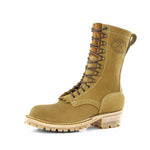

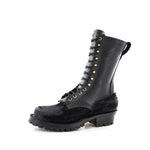
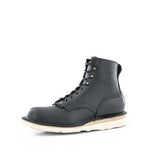
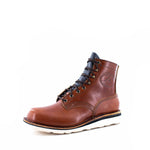

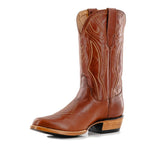
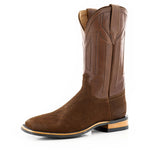
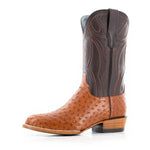


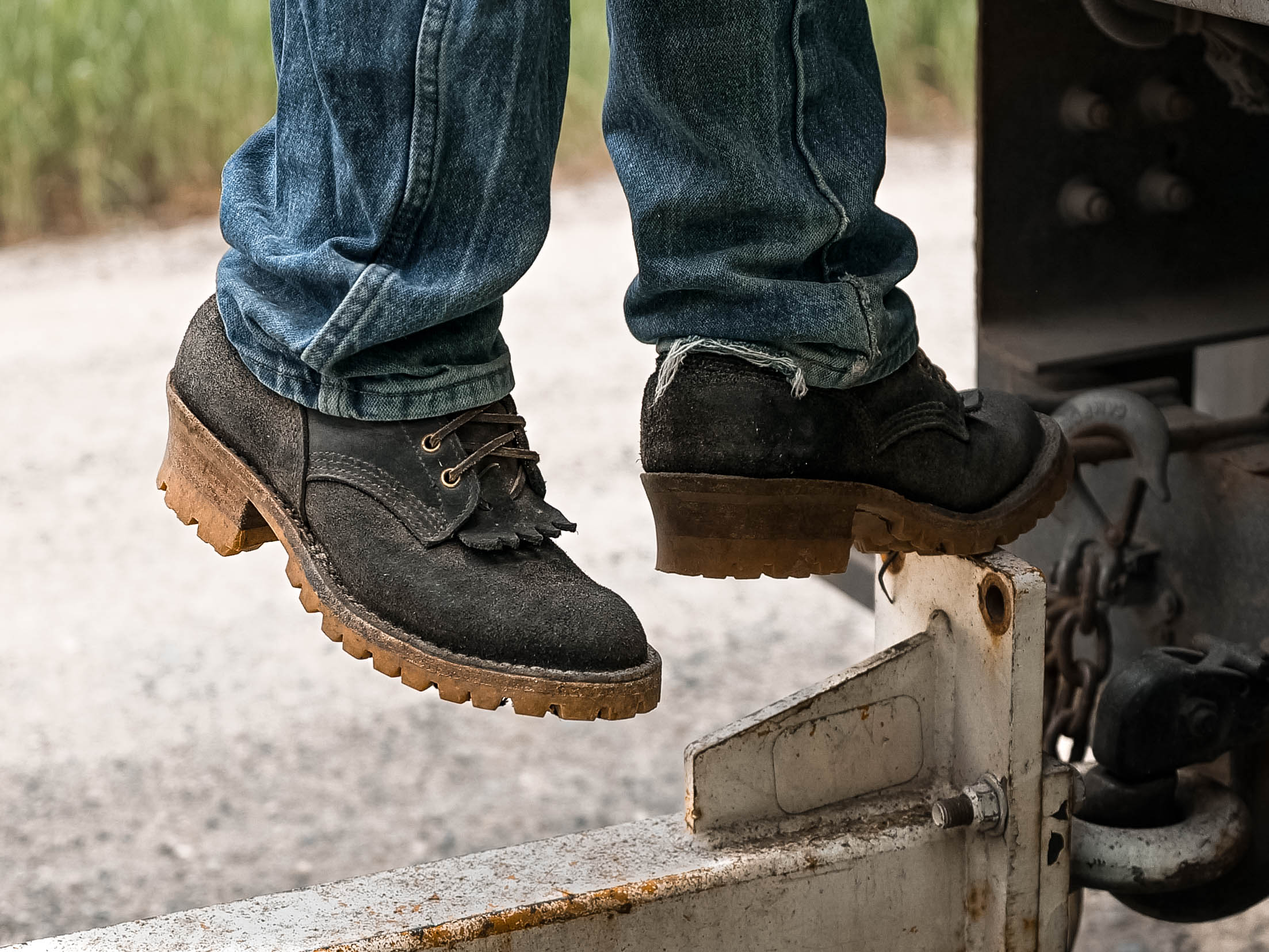
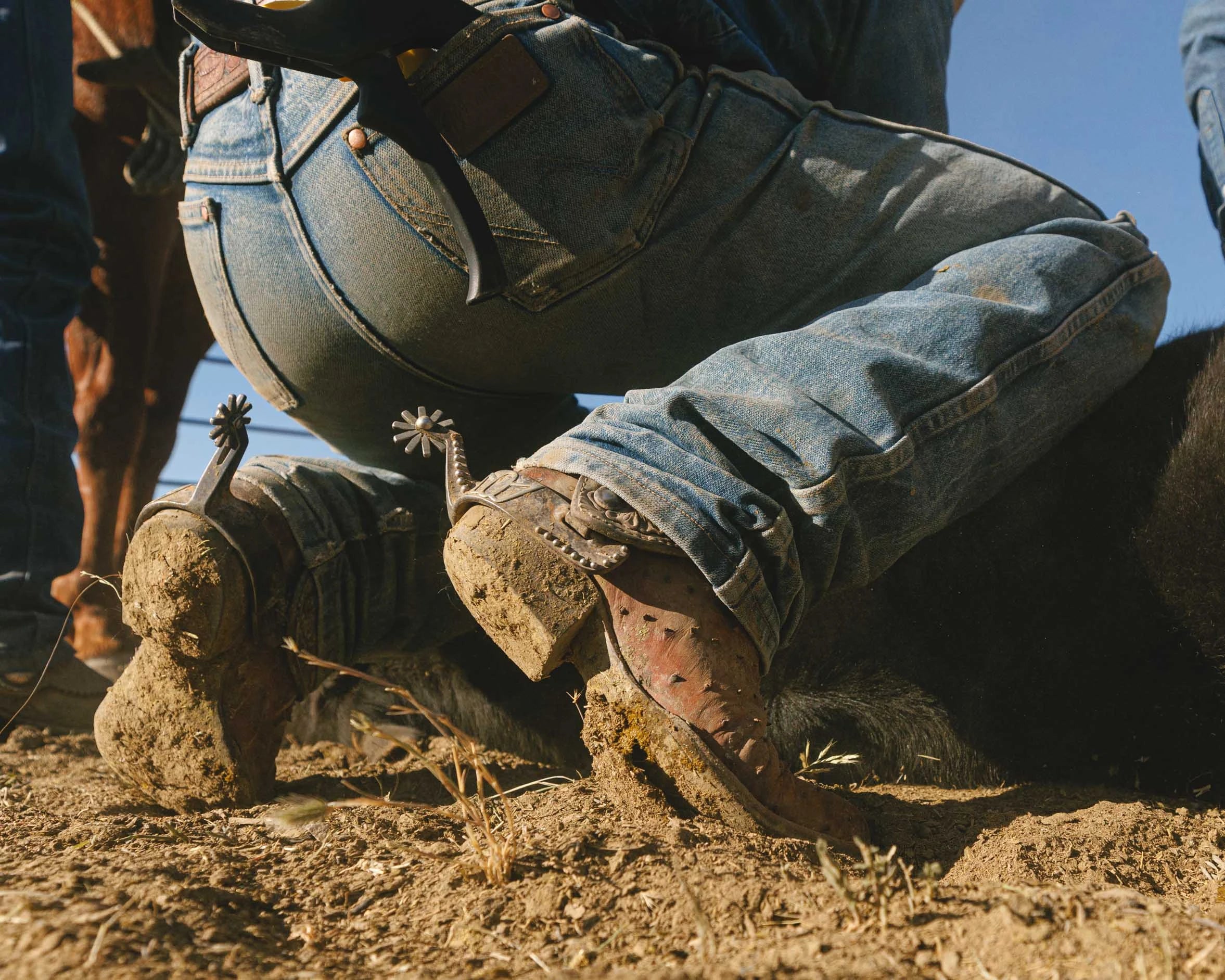
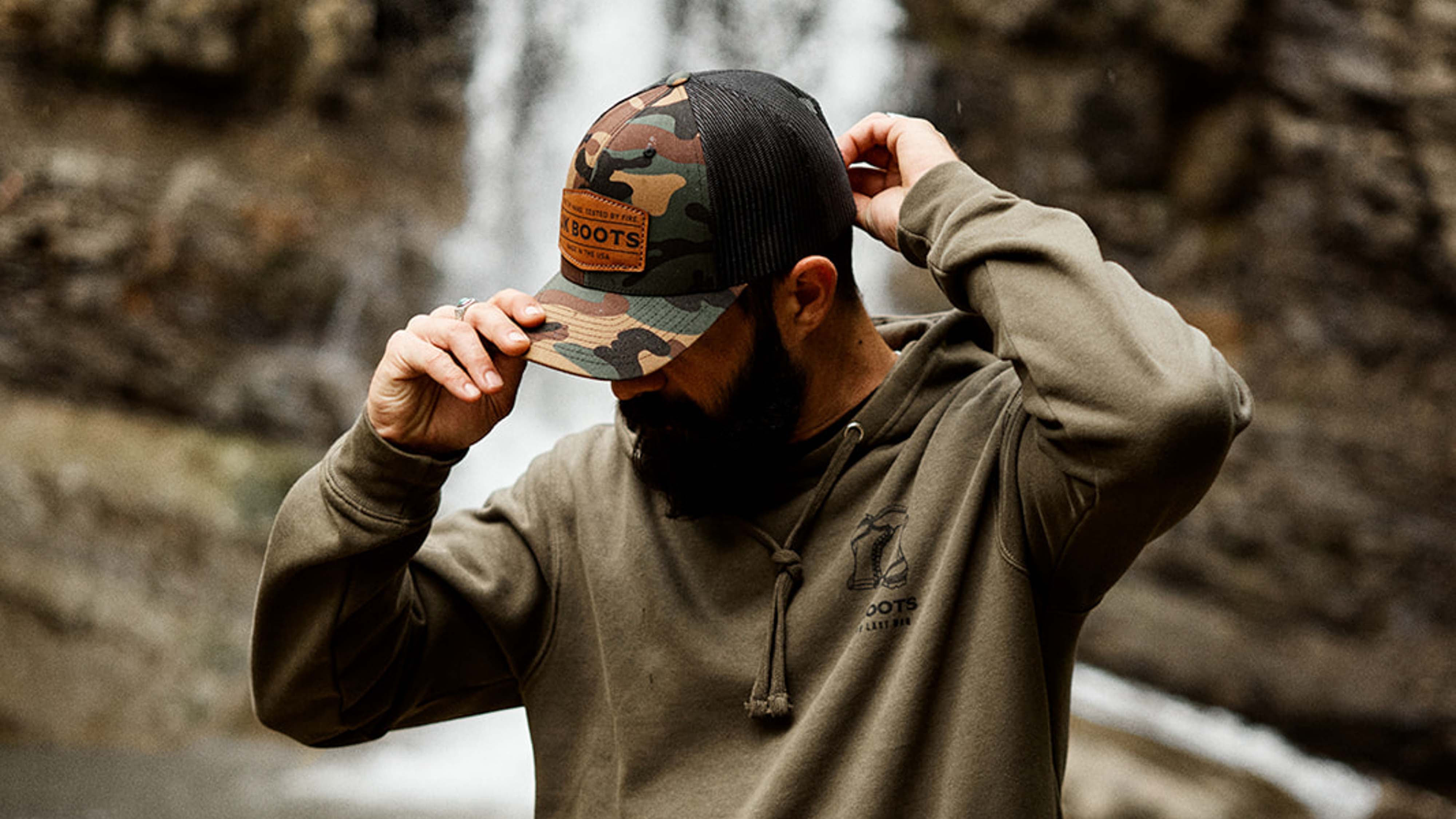

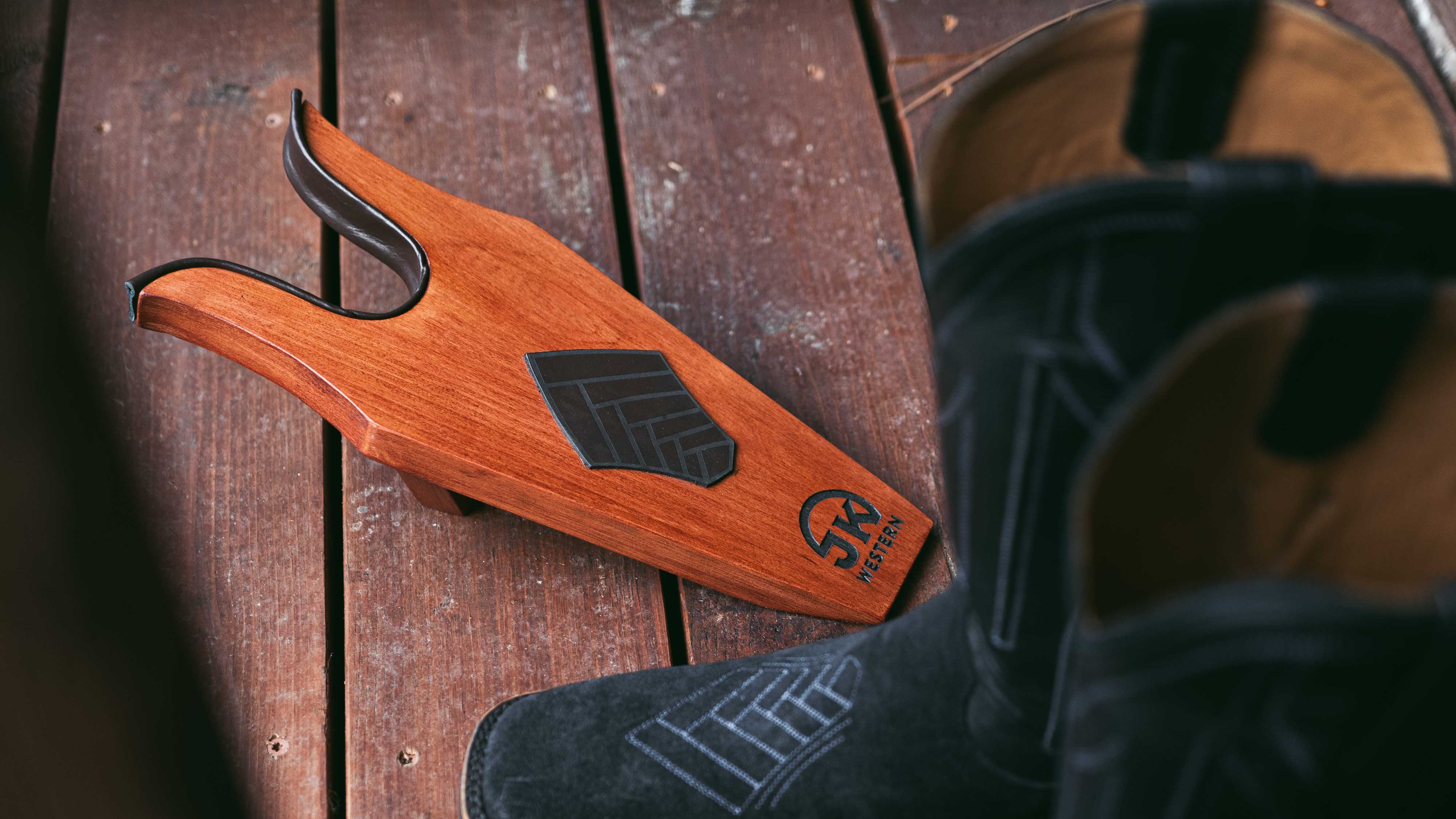
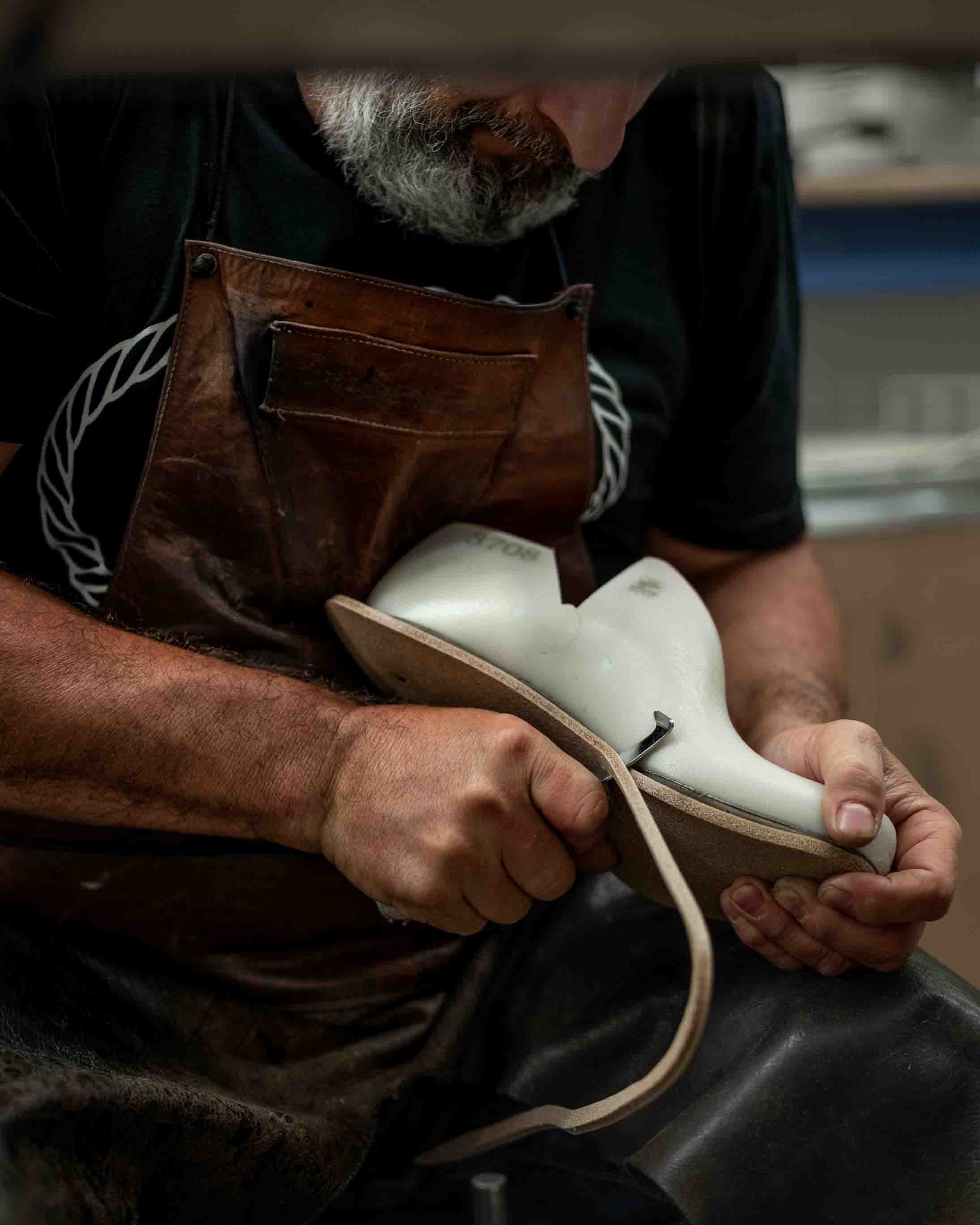
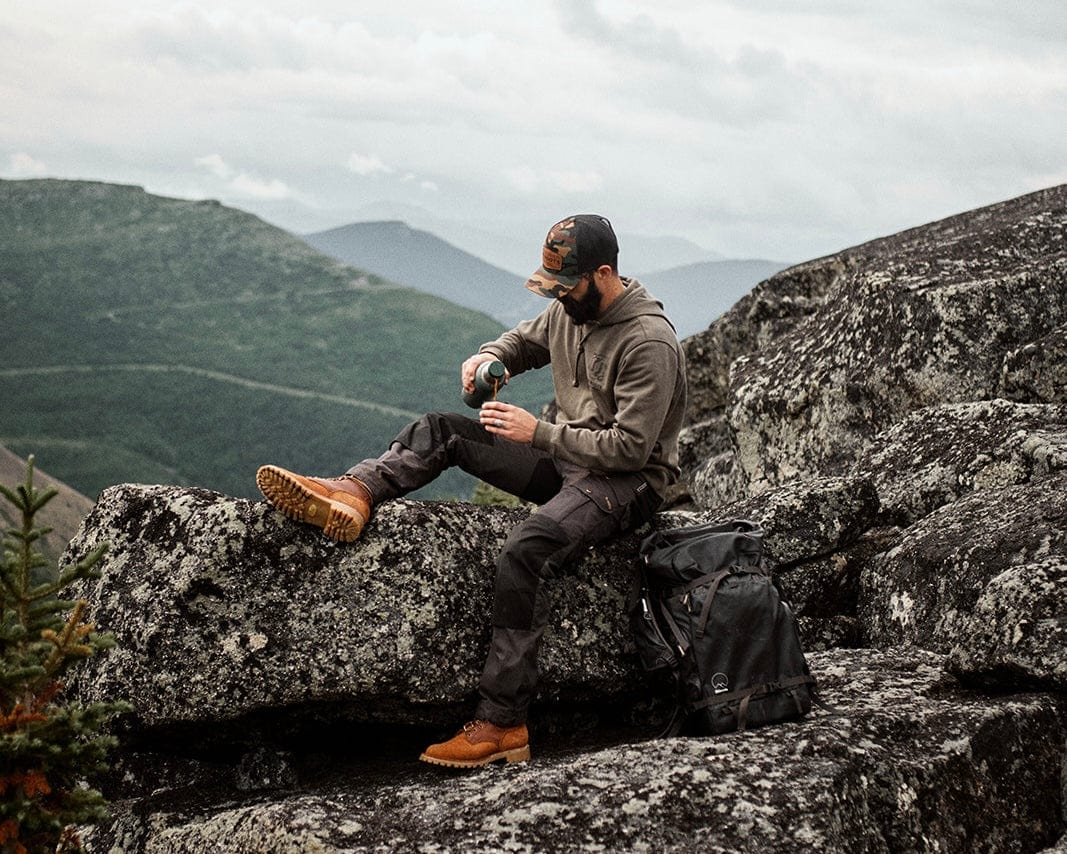

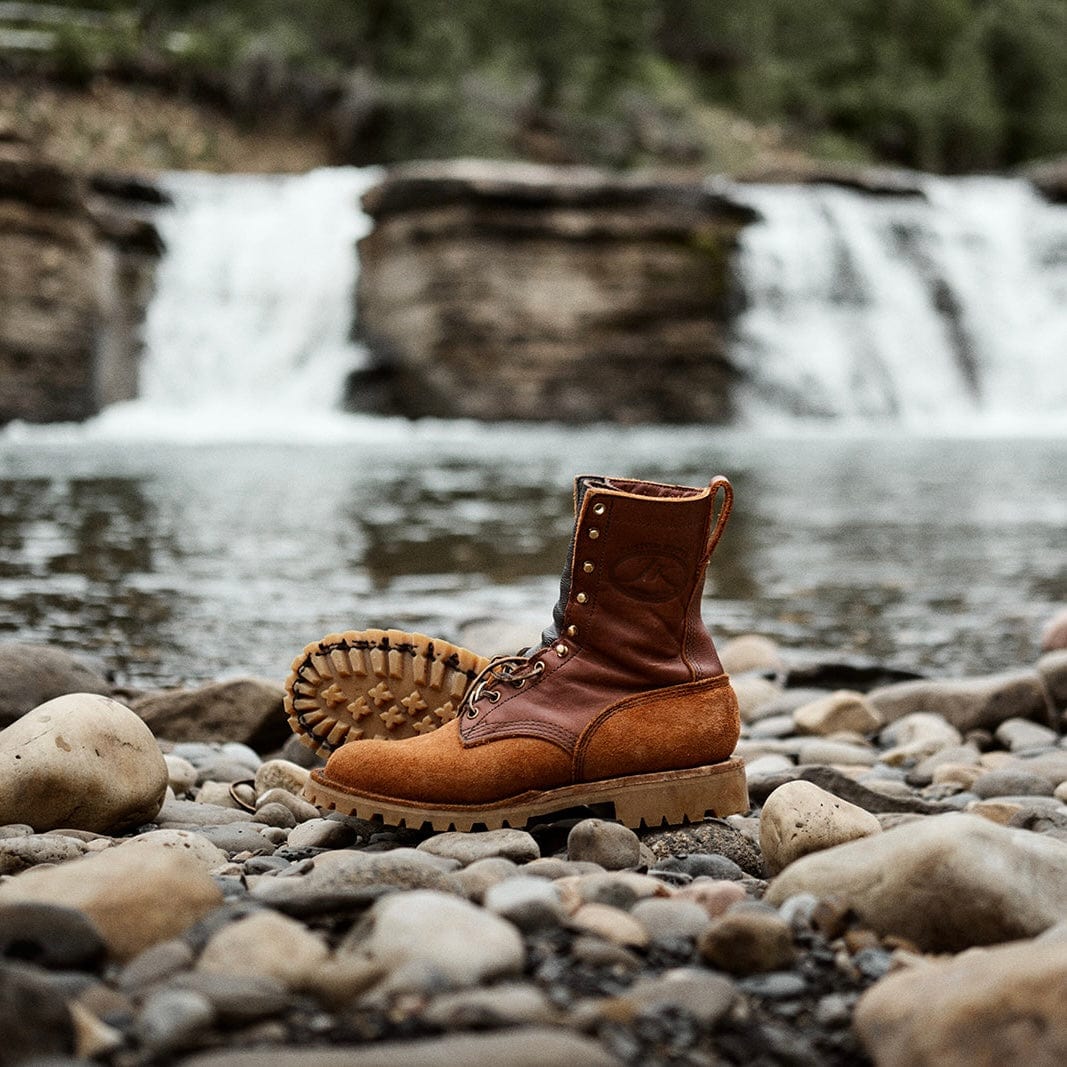
Leave a comment